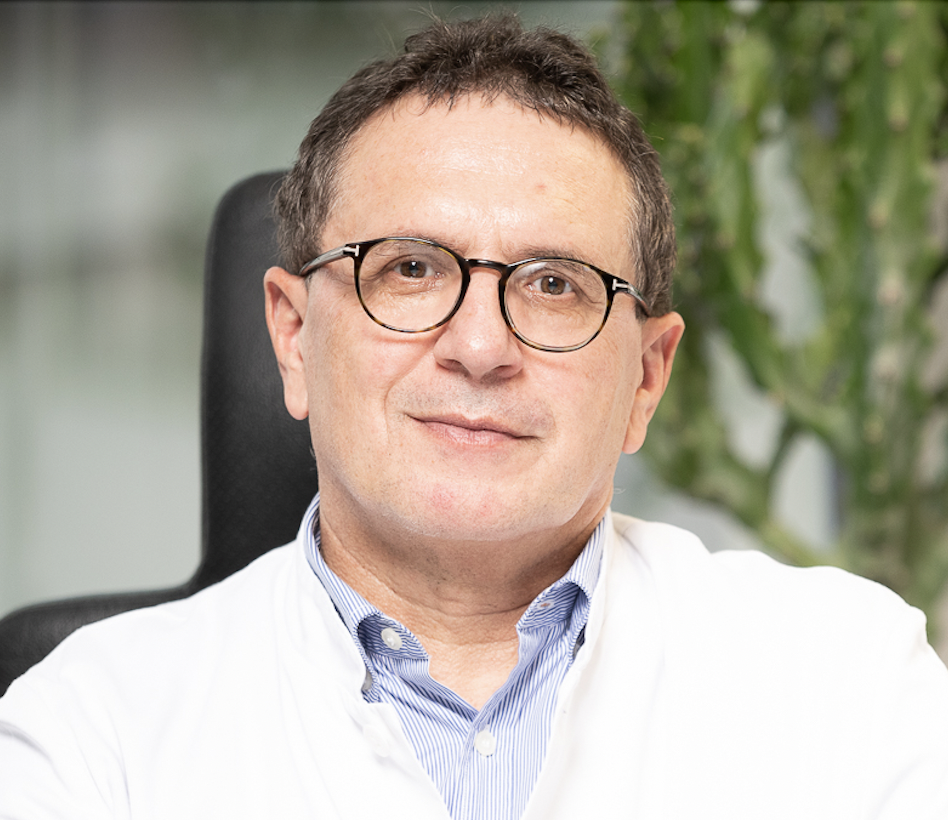Oesophagus
Personally performed operations (as of 2018): 190
Total of performed visceral operations: over 14.000
The main reason for operations on the oesophagus are malignant tumors, which can be located in the upper, middle or lower third of the organ. Next to that, there are so-call diverticula, protrusions of the oesophagus, which can cause dysphagia (problems with swallowing) or fistula in the trachea. In most cases, surgery is required.
Surgery of the oesophagus
Surgery of the oesophagus are usually performed minimally invasively, nowadays. The tumors are most commonly located in the lower third of the gullet. An abdominal endoscopy is performed to search for small metastases and subsequently the upper part of the stomach is removed. The remaining part of the stomach is mobilised to approach the old structure. The lower part of the oesophagus is removed and taken out by a small incision. The freshly created new endings of oesophagus and stomach are connected.
In tumors that are located in the upper or middle third, sometimes the whole oesophagus has to be removed. The connection with the stomach is made directly at the throat. This usually has to be done by hand.
Possible complications
The main complication following surgery of the oesophagus concerns the healing of the new connection between the oesophagus and the stomach. This can occasionally have live-threatening consequences. The rate of occurence however, can be significantly reduced using new methods, such as the Endo-Vac-System.
In connections at the throat, another possible complication is the paralysis of the left vocal cord nerve.
In rare cases, injury of the oesophagus or bronchia, as well as the big blood vessels, can occur.

